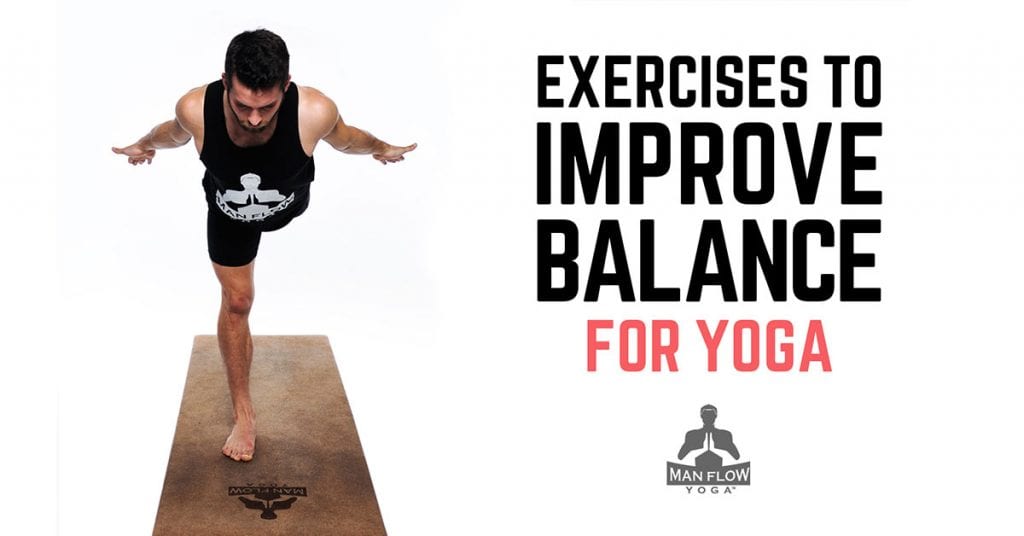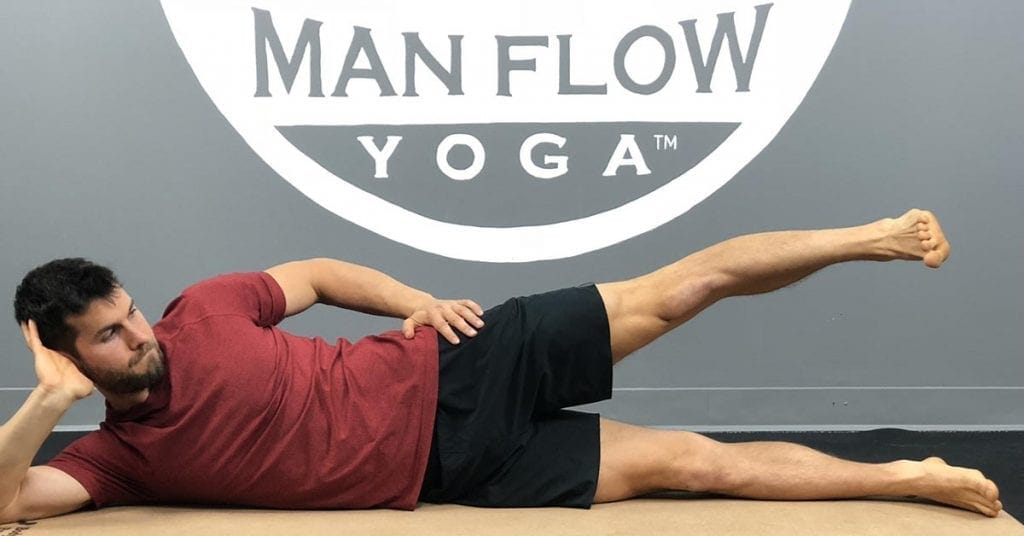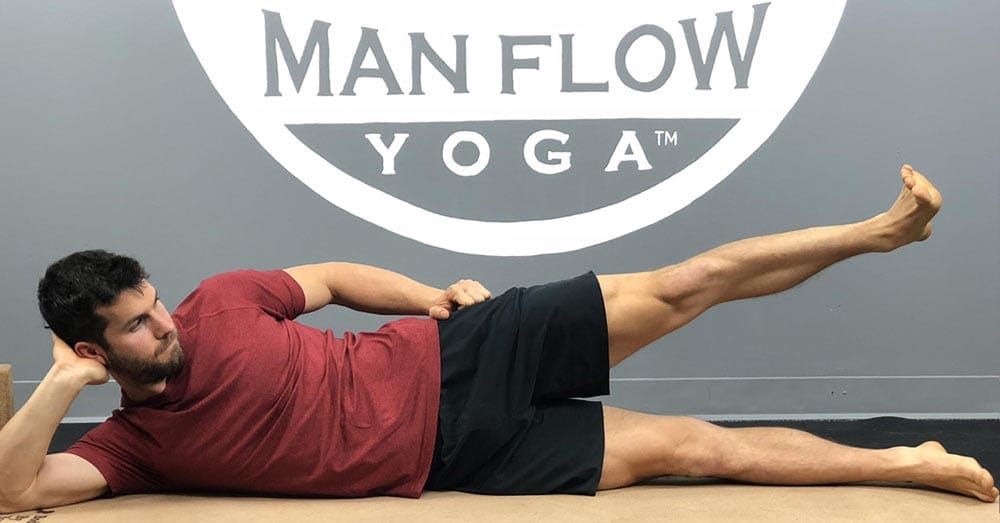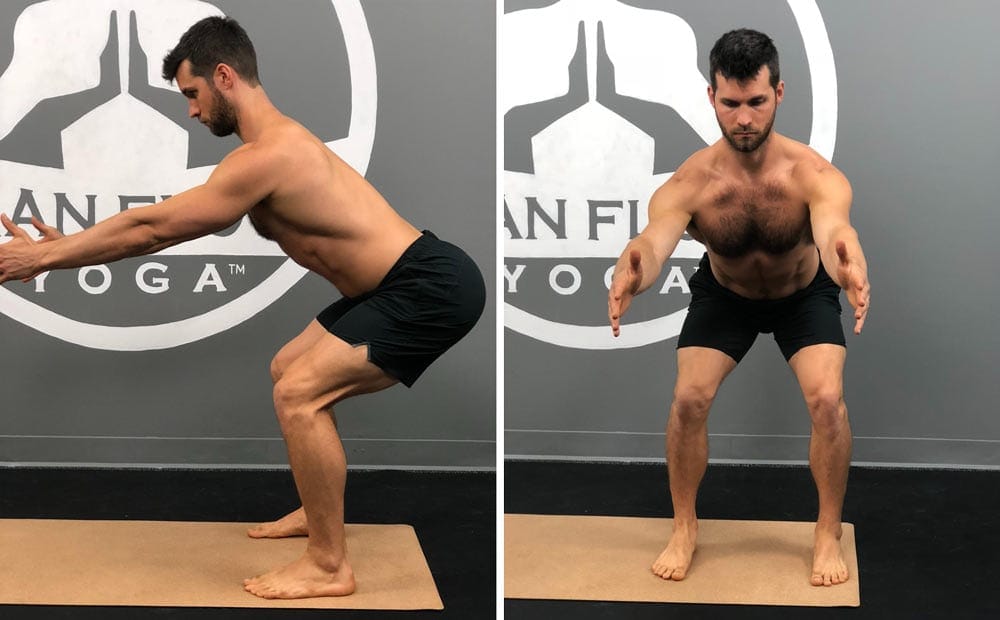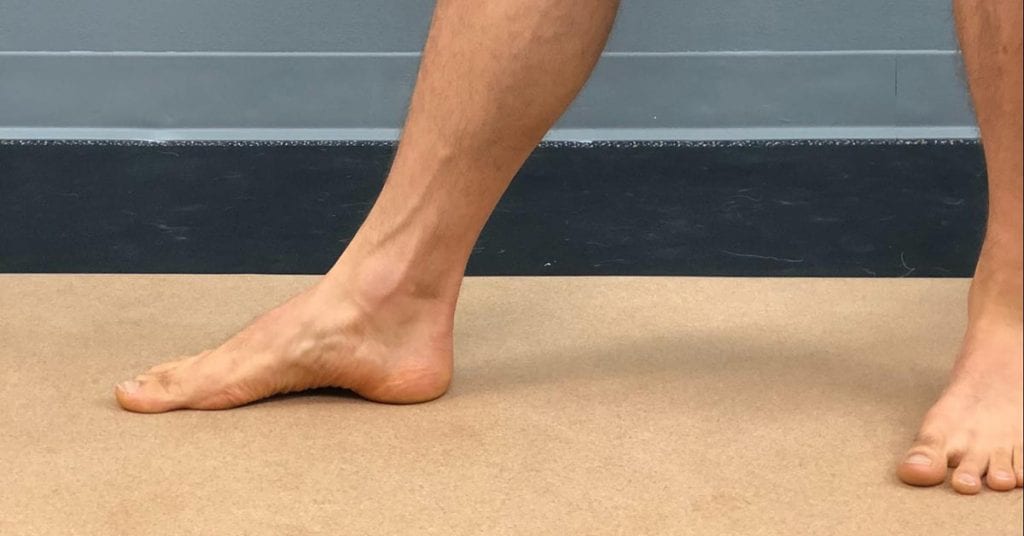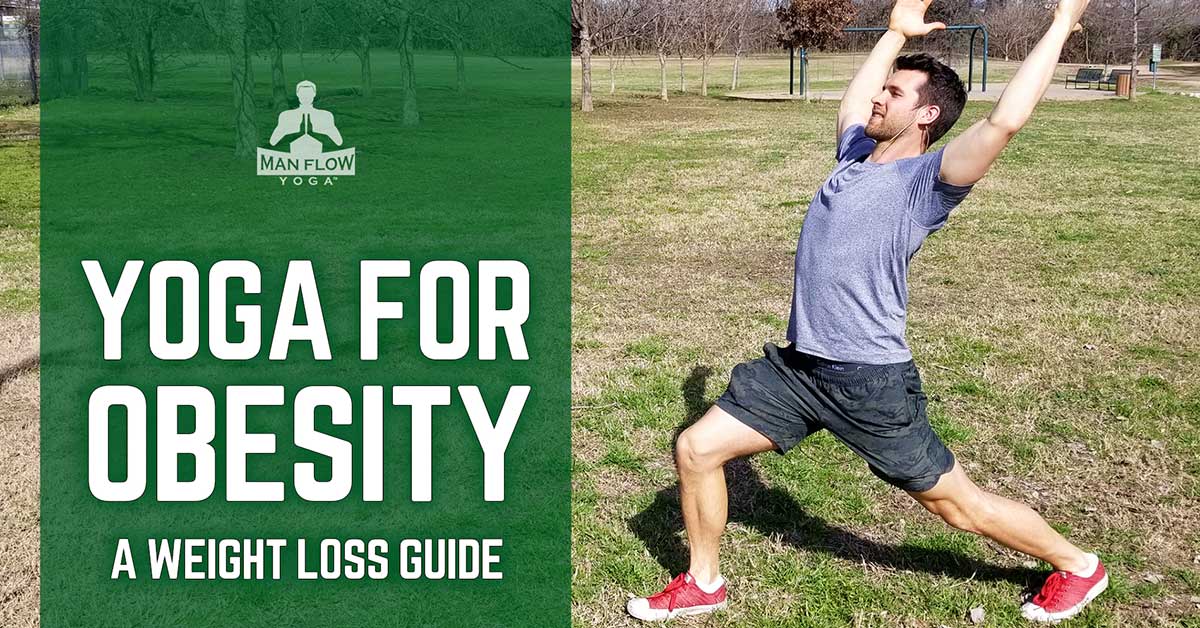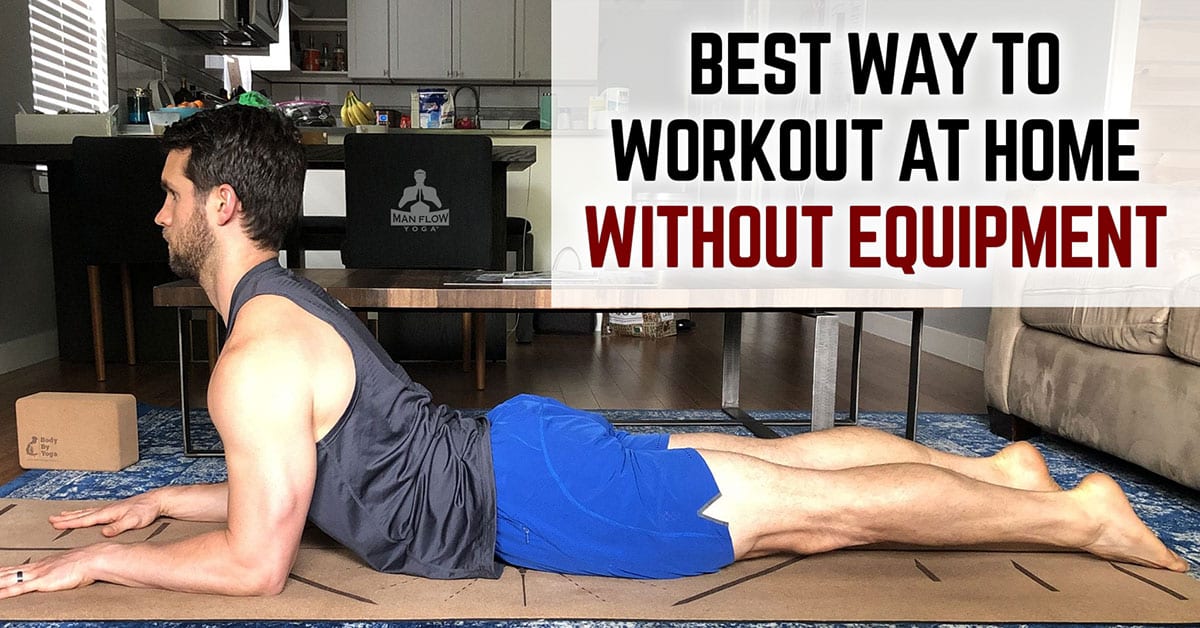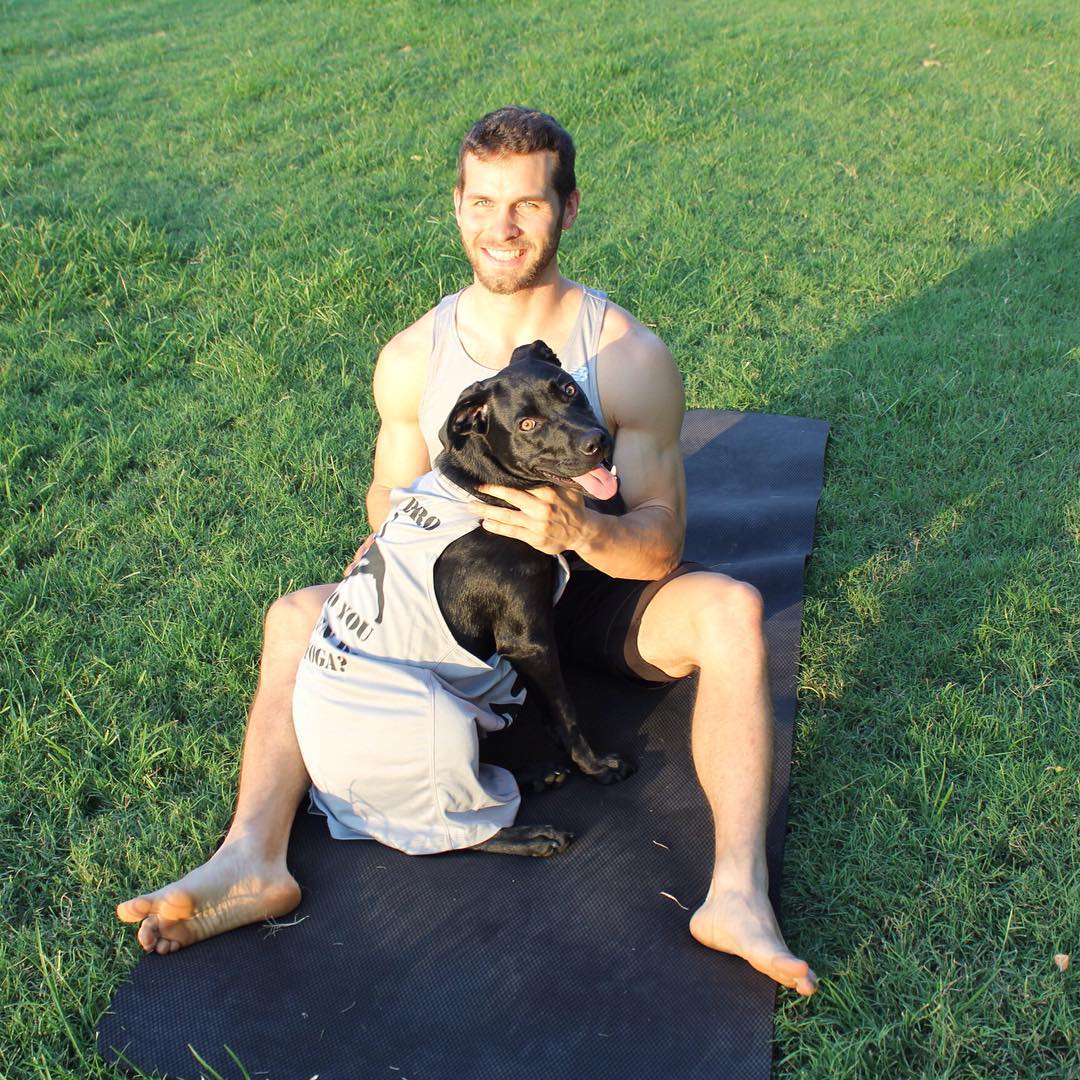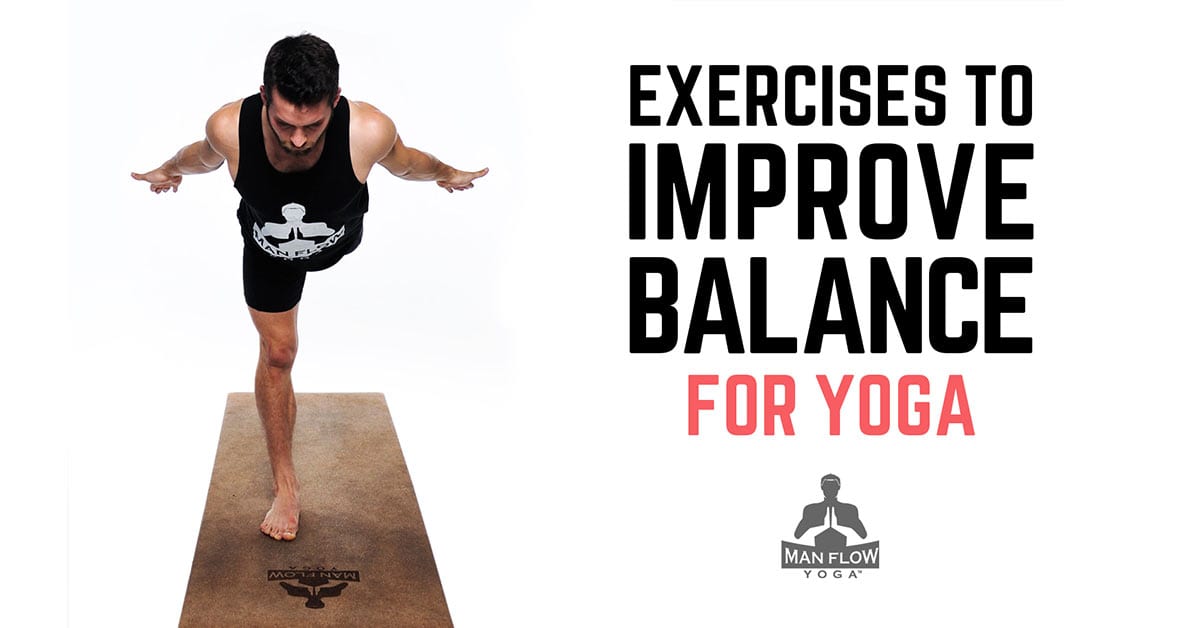How do you improve your balance for yoga or everyday life? The best way isn’t actually doing a bunch more balancing poses, rather it’s determining your weakness that are causing your balance problems and strengthening them. Balance isn’t just about your feet, it’s a full chain of muscles and bones that work together from your core, hips, ankles, and FINALLY, your feet to create balance.
So want to get better at balancing? This blog covers my top 5 yoga poses (or exercises) for improving your balance. These 5 simple but effective exercises can be done with zero equipment to help you improve your overall balance, one-legged balance, and get a better handle at balancing postures in yoga like airplane, warrior 3, tree pose, etc…
Here’s what we’re covering today:
- What Is Balance?
- Why Is Balance Important?
- Why You Might Have Difficulty with Balance & Stability
- Testing Your Balance
- Follow Along Exercises to Improve Balance
- Technique Guide: 5 Exercises to Improve Balance
What Is Balance?
Balance is part skill and part strength. In regards to the skill aspect, it’s similar to learning how to use chopsticks. The muscles are there but you need to build the neurological connection and muscle memory to actually perform the task. In this regard, the process of learning to balance is the same as your body tries to overcompensate, undercompensate, and just do crazy wiggles. Eventually, you’ll build the muscle awareness to slowly and solidly glide into balancing poses.
However, what if you’re missing a critical link in developing balance – strength? Strength forms the foundation of all balance techniques and exercises. Without strong core muscles, hips, legs, and ankles, you won’t be able to effectively learn how to balance for longer periods of time without falling over. Consistent practice over time develops balance and strength allows you to stay in balancing postures longer.
But which muscles are most important for balance?
Surprisingly, balance strength mainly stems from your core and your hips – the major muscle groups which help you to balance without falling over.
Finally, mobility is the last link to developing balance, especially one leg balances. It’s extremely difficult to balance if you lack functional flexibility and mobility to sway and bend as your body corrects itself. For example, warrior 3 and airplane require some level of hamstring and hip mobility to properly go into that T-shape.
To sum it all up, balance is a mixture of strength, mobility, and muscle awareness.
Why Is Balance Important?
Balance is used for more things than yoga. Whether you’re getting out of bed to take your first steps for the day, putting on your shoes, going for a hike, or even just walking – balance is an essential skill that is often overlooked.
A strong balance practice can prevent injuries such as plantar fasciitis, ankle sprains, knee problems, and even help to lessen lower back pain. This is extremely important as you age and your mobility decreases, especially if you’ve lived a mostly inactive lifestyle.
Even if you’re not a senior or inactive, athletes can benefit immensely from balancing exercises. Whether you’re hiking uneven terrain, trying a new workout, or learning to surf, you’ll feel stronger, more confident, and have more fun with better balance. Therefore, balance training exercises are important to incorporate into your fitness routine.
Why You Might Have Difficulty with Balancing & Stability
Most people struggle with balance not because of the learning the skill aspect but rather the strength aspect. These are the most common causes of why you’re having difficulty balancing:
- Lack of transverse abdominal strength
- The abdominal muscles which help with balancing are called your transverse abdominals. Your transverse abdominals are the deepest layer of your abdominals- below your 6-pack muscles. Engaging these muscles requires focus, practice, and a mind-muscle connection. I will be addressing how to engage and strengthen your transverse abdominals in the exercises below.
- Lack of outer hip/glute strength
- The ability of your hips and glutes to engage and generate strength will be a big determinate of your balancing ability. To improve balance, your external hip rotators and glute medius will need to be engaged.
- Lack of ankle stability
- Ankle stability not only improves balance but also helps to keep your knees and hips healthy and pain-free during your workouts. It’s important to address this entire chain (ankle-knee-hip) in order to continue to get stronger, progress in your workouts, AND stay injury-free. Keep in mind, a weak link in this chain absolutely sets you up for injury and can lead to foot and back pain/problems as well.
How To Test Your Balance
To diagnose and test why you are having trouble balancing, begin by standing on one leg.
What it means if you fall towards the same side of your lifted leg.
(i.e. your right leg is lifted and you fall to the right)
This means there is a lack of strength in your outer hips and glutes. This is one of the biggest balance issues I’ve seen. In yoga, you will notice this most in poses like airplane or warrior 3. If you struggle with this pose and drift to one side, your glutes are either weak or not properly engaging.
If your glute and hip muscles are strong, then your issue is probably improper or poor muscle engagement. Improper or poor muscle engagement is mental as well as physical; correcting for it requires focus and commitment. The wrong muscle groups may be engaging out of habit and poor movement patterns over time.
I have worked with many clients who, despite being involved in athletics for many years, never learned proper glute and hip engagement. After teaching them how to engage these muscle groups, they got stronger, eliminated knee, hip, and back pain, improved their performance, and grew a better backside (who doesn’t want that?)!
If you don’t feel your core engage when you’re on one leg.
You are dealing with a lack of core strength in your transverse abdominals, which is very common, or you lack the ability to engage your transverse abdominals due to a lack of mind-body connection in this area, also very common. These muscles are typically weak because we just don’t use them that much.
Core strength gives us the ability to hold ourselves upright. Without it, you’d be in a constantly hunched position. (Maybe you already are.) Yoga is awesome for developing core strength because your core is active in every posture that you do in yoga. (This is something I constantly reinforce in my instruction so you never forget it!)
Looking For A Program?
If you’re interested in starting a yoga program to develop strength, balance, and mobility, but not sure if Man Flow Yoga is for you, then we got you covered! Give our FREE 7-Day Trial a try. Sign-up below!
Signup for the FREE 7-Day Challenge
Follow Along Exercises to Improve Balance
Technique Guide: 5 Exercises to Improve Balance
The written version of the exercises, if you’d prefer a detailed explanation.
1. Side-Lying Hip Abduction
This exercise focuses on hip strength, specifically your abductors. Hip abduction means bringing your leg away from your hip.
Technique:
- Lie on one side with your head supported in your hand.
- Stack your hips and ankles directly on top of one another.
- Keeping your hips squared forward, lift your leg away from the ground and back down. This is one rep.
- Don’t allow your hips to rotate and turn up. Keep your foot neutral and your toes facing straight forward. Don’t turn your toes up.
- Complete reps for 1 minute on each side. You can also do isometric hold reps where you lift your leg, hold for a period of time, and release. This is one rep. You can hold for 5 seconds up to 30 seconds per rep. Complete for 1-2 minutes on each leg
2. Side Lying Hip Abduction with Toes Facing Up
This exercise is great for engaging your external hip rotators.
Technique:
- This exercise should be done exactly like the previous exercise, the side lying hip abduction, except your toes are rotated about 45 degrees, so they are facing up.
- Lead this movement with your toes and make sure you are keeping your hips squared and facing straight forward.
- Complete reps for 1 minute on each side. You can also do isometric hold reps where you lift your leg, hold for a period of time, and release. This is one rep. You can hold for 5 seconds up to 30 seconds per rep. Complete for 1-2 minutes on each leg.
3. Transverse Abdominal Exercise
This exercise will mimic the proper hip and core engagement needed for great balance.
Technique:
- Lie on your back and bring your knees above your hips. You should have a 90 degree bend in the knee with your shins parallel to the ground.
- Push your hands into your thighs and push your thighs back into your hands.
- Keep your back flat on the ground, don’t lift your shoulders off the ground.
- Straighten one leg and push into the opposite thigh.
- Switch legs
- Push into each side for at least 30 seconds.
4. Slow Side Shuffle
This dynamic exercise focuses on strengthening your hips and glutes.
Technique:
- Start at one end of your yoga mat (or one side of a room).
- With your feet facing forward about shoulders-length apart, hinge at your hips. Your knees should be above your ankles and your glutes should engage.
- Slowly walk from one side of the mat to the other keeping your hips squared forward.
- If you feel this in your quads, knees or back, you are probably leaning too far forward and/or rounding your back.
- To make this exercise more difficult, put a resistance band above your knees or above your ankles.
- Shuffle side-to-side for 1-2 minutes.
5. Short Foot Exercise
This exercise will improve your ankle strength and stability, which will drastically improve your one-legged balance. For an in-depth tutorial on the short-foot exercise and how it fixed my flat feet (thereby curing my shin splints), check out this video.
Technique:
- Stand with your feet about 6 inches apart.
- Squeeze the toes of your right foot toward your heel, effectively shortening the foot. You’re pulling the ball of your foot towards your heel here; your toes should stay in a normal position and not curl or crunch in.
- Shift all your weight into your right foot.
- Pick your left foot off the ground while keeping the arch of your right foot lifted.
- Use a wall or something sturdy for support if needed.
- The goal is to maintain the strong position of the arch, so if you shift to one leg and your foot collapses, you know you aren’t using your ankles enough to balance.
- Switch from one foot to the other for 2-5 minutes. You can work up to 15 minutes 3x a week (this is how often I did this exercise to cure my flat feet).
Interested in a full workout to improve balance? Check out this free 38-minute workout to build core and hip strength while improving overall strength for balance.
Additional Resources
About the author, Dean Pohlman, Founder & CEO of Man Flow Yoga, Author of Yoga Fitness for Men, Expert on Yoga Fitness for Men.
Looking for non-spiritual, yoga for men workouts?
Learn More About Man Flow Yoga and how it can help you with your fitness goals:
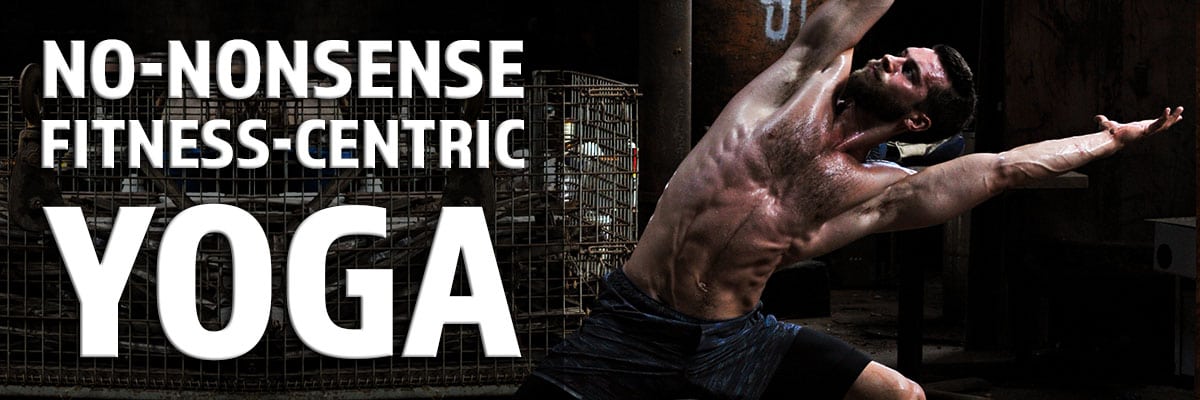 Join Today for Instant Access!
Join Today for Instant Access!
